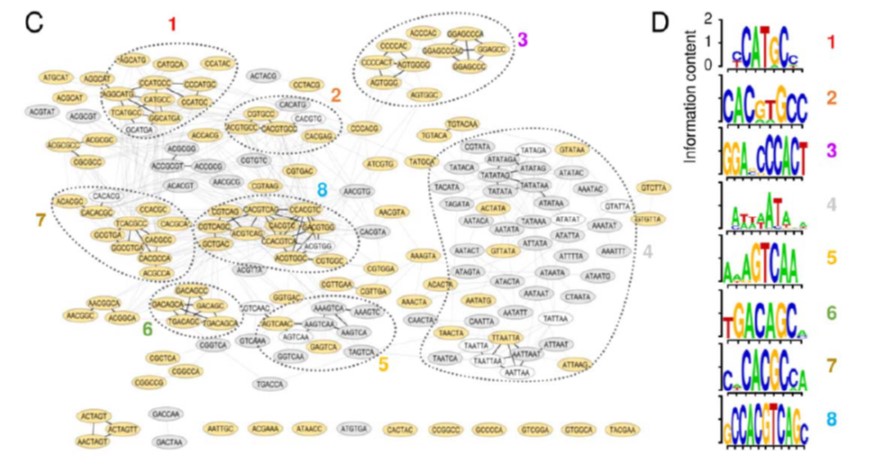
Putative cis-regulatory elements predict iron deficiency responses in Arabidopsis roots (Plant Physiol.)
Plant Science Research WeeklyIron (Fe) is an important micronutrient needed by plants for survival. Plants have evolved a range of morphological, physiological and molecular responses to Fe availability, including the transcriptional regulation of over one thousand genes in response to Fe deficiency (-Fe) in Arabidopsis. However,…
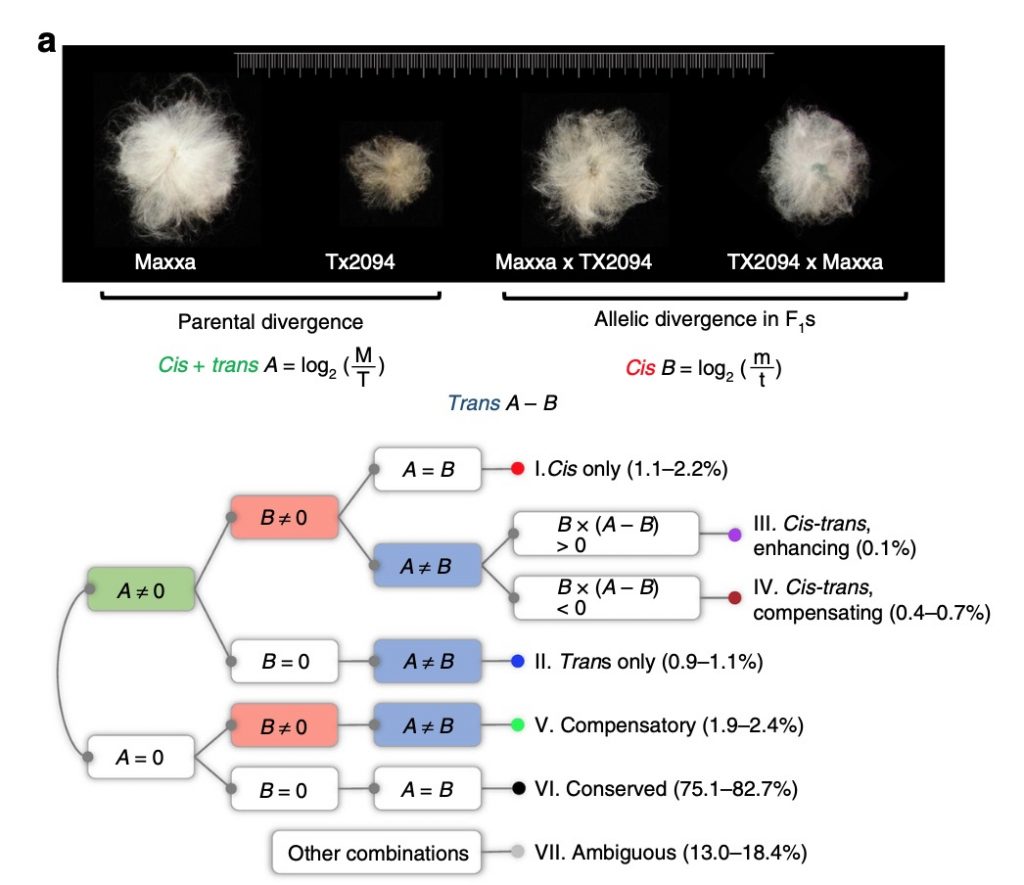
Unraveling cis and trans regulatory evolution during cotton domestication (Nature Comms)
Plant Science Research WeeklyPolyploidization leads to a myriad of changes in gene expression and organization of genomes and can supply the material for speciation, adaptation, and morphological innovation. The most cultivated cotton species, Gossypium hirsutum, is an allotetraploid species (AD genome) containing two subgenomes…
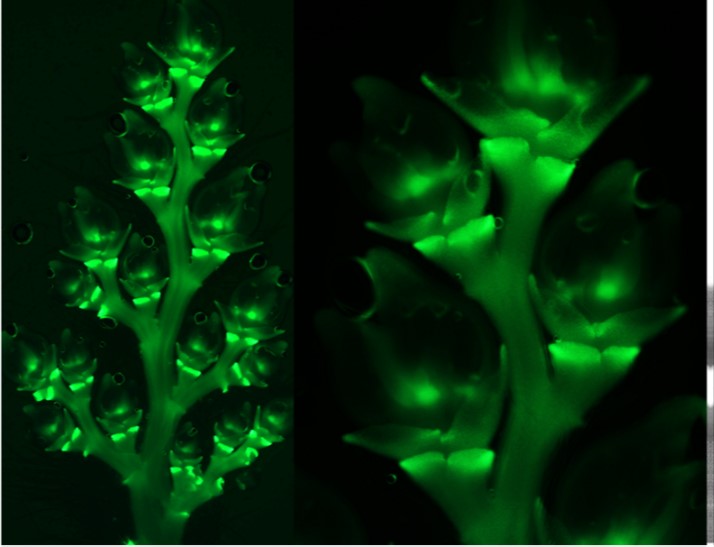
NONSTOP GLUMES 1 regulates spikelet development in rice (Plant Cell)
Plant Science Research WeeklyRecently, several genes affecting rice architecture have been identified that may increase yields by increasing the number of grains formed, but as yet the genetic control of rice inflorescence architecture and organ identity is still being worked out. Zhuang et al. identified mutants of the NONSTOP…
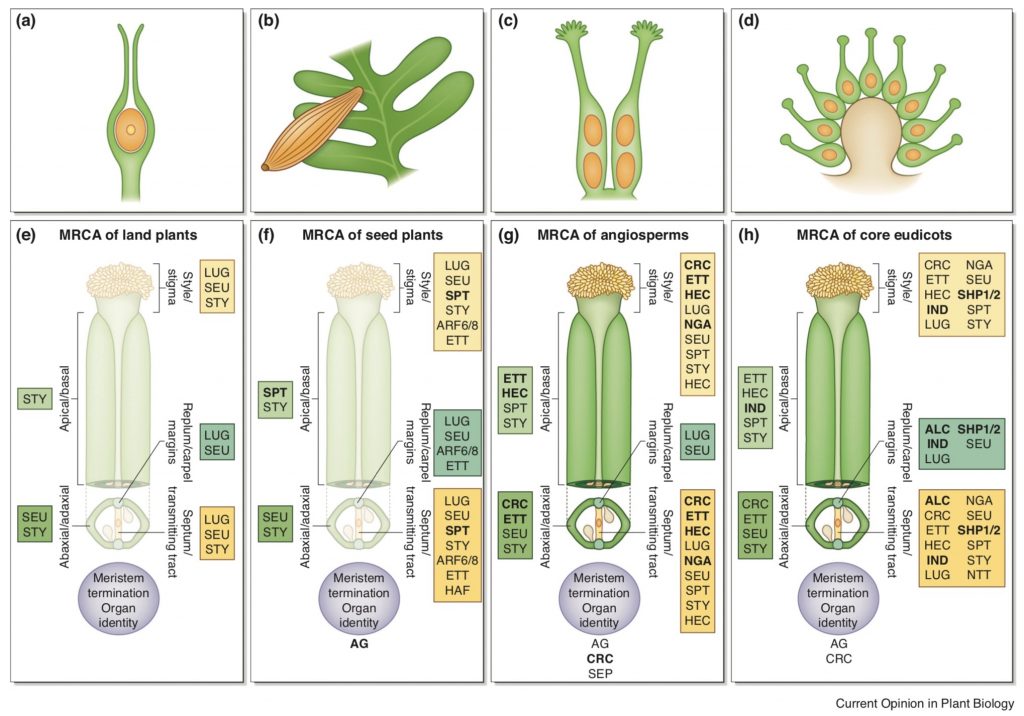
Review: An evolutionary history of genes controlling carpel development (COPB)
Plant Science Research WeeklyCarpels, the female reproductive structures in angiosperms, are the most complex organs in plants. Most of the current knowledge about the molecular mechanism underlying carpel development derives from Arabidopsis. In a new review, Becker summarizes recent studies about the reconstruction of ancestral…
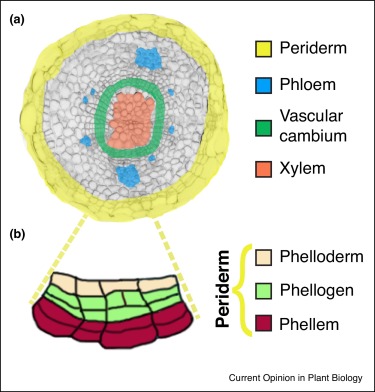
Review. The development of the periderm: the final frontier between a plant and its environment (COPB)
Plant Science Research WeeklyCampilho et al. have written an interesting review about the molecular basis of periderm development. During secondary growth (increase in girth) of most gymnosperms and dicots, the outer epidermal layer is gradually replaced by the periderm, which facilitates gas exchange and defense. Periderm is composed…
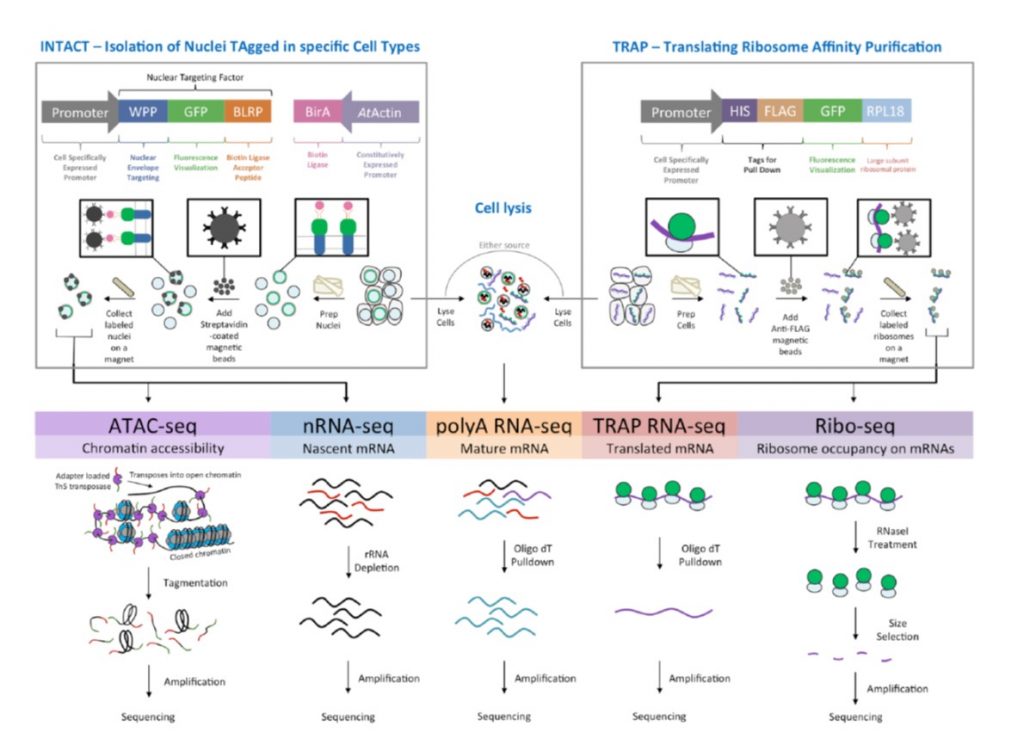
Evolutionary flexibility in flooding response circuitry in angiosperms ($) (Science)
Plant Science Research WeeklyFlooding is unpredictable and can lead to plant death due to insufficient oxygen (hypoxia). Some plant species and varieties are better able to survive periods of submergence. Here, Reynoso et al. looked at gene networks induced transcriptionally and translationally by flooding in rice, Medicago and…
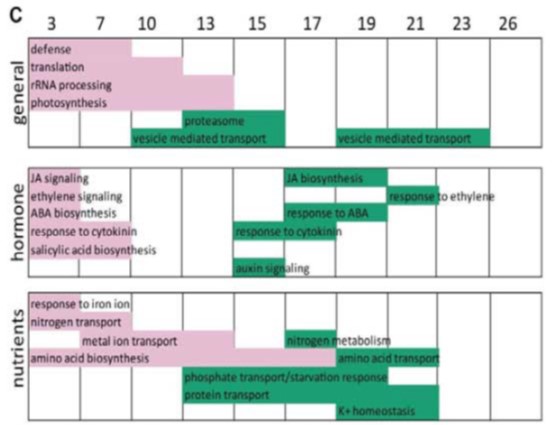
Identification of transcription factors regulating senescence in wheat through gene regulatory network modelling (Plant Physiol)
Plant Science Research WeeklyLike other seed crops, wheat yields depend in part on the efficiency with which nutrients stored in leaves are mobilized into the developing seeds. This depends on the several processes from macromolecule breakdown to transport, as well as the timing of leaf senescence. Borrill et al. used RNA analysis…
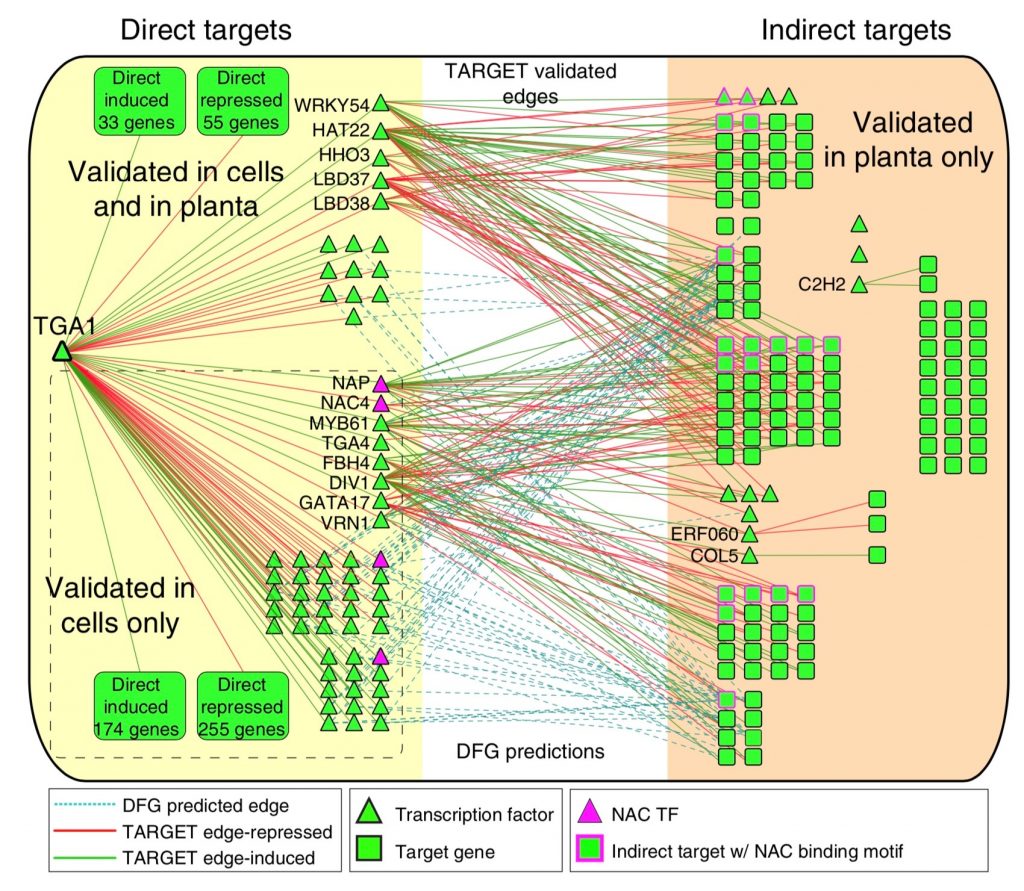
Network paths for nitrogen response in Arabidopsis (Nature Comms)
Plant Science Research WeeklyA goal of systems biology is to study how transcription factors participate in gene regulatory networks (GRN) underlying biological processes. In a recent report, Brooks et al. used network science to uncover how transcription factors mediate the early response to nitrogen (N). Authors identified the…
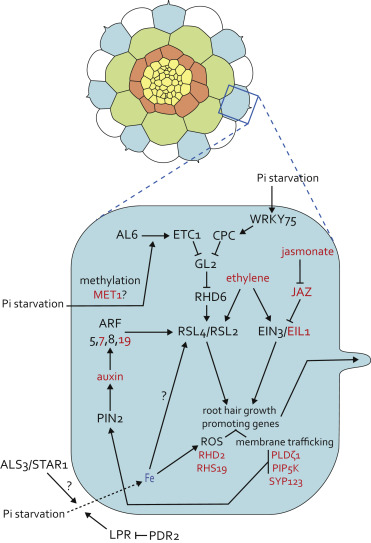
Review: Tackling plant phosphate starvation by the roots (Devel. Cell)
Plant Science Research WeeklyThe root is remarkably responsive to nutrient status of both the local environment and the whole plant. These external and internal factors affect the expression of transporters, interactions with mycorrhizal symbionts and also the overall pattern of growth and development of the root system. In this…

